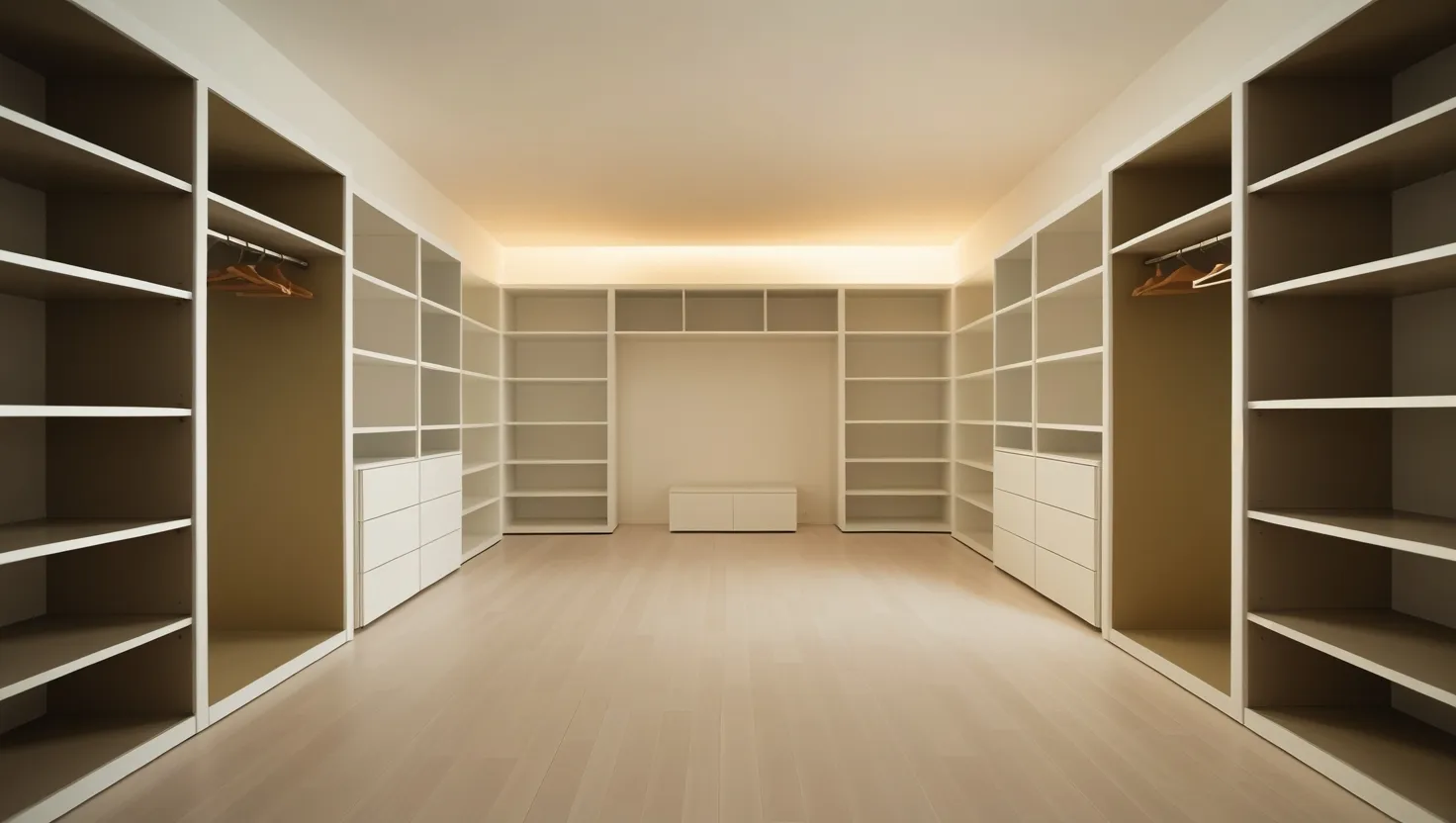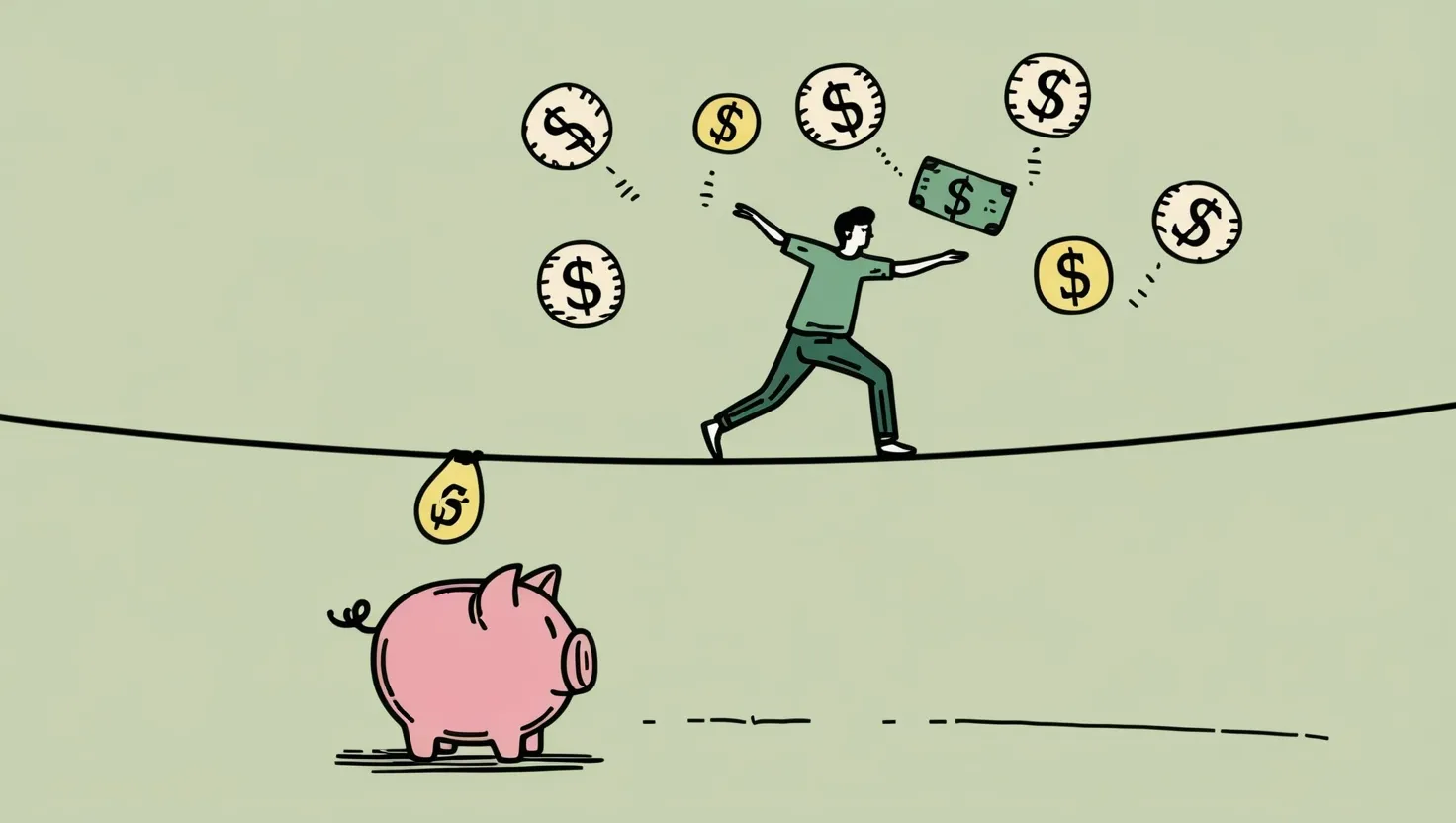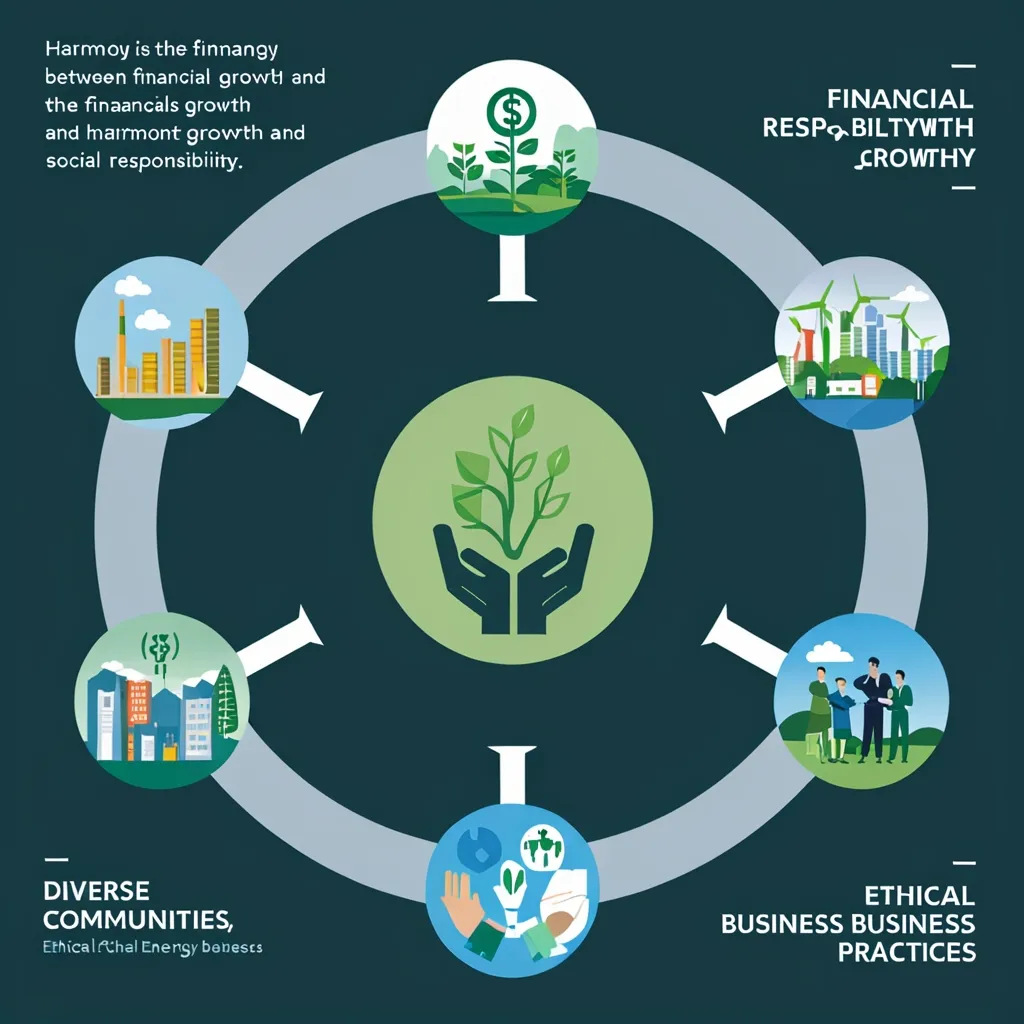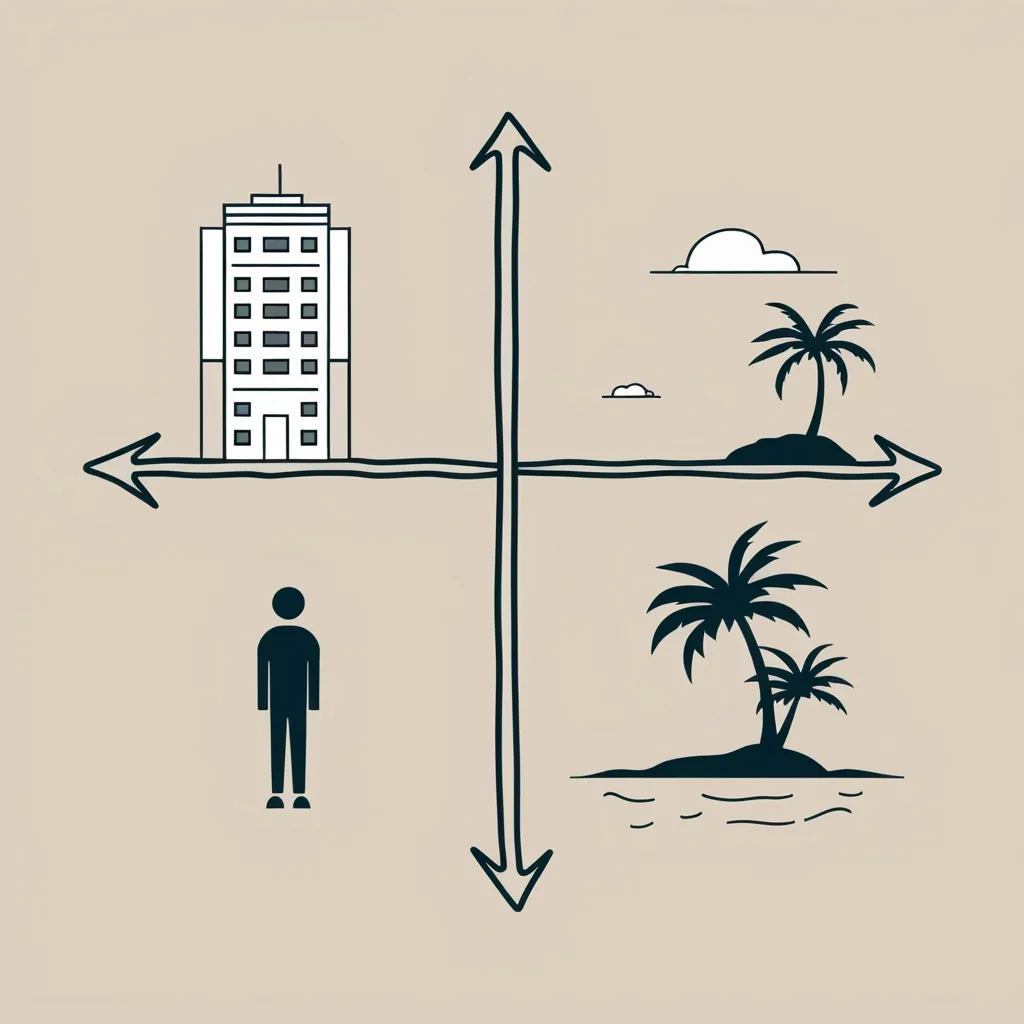What if I told you that your next investment opportunity is hiding right behind your closet doors, under your bed, or stacked on those garage shelves? Most of us live surrounded by stuff we never use—old electronics, outgrown clothes, forgotten collectibles. Yet, what so many see as clutter, I see as a quiet goldmine. The trick isn’t just selling off what you don’t need, but turning that process into a system—a steady way to funnel dormant assets into living, growing investment capital. Let’s walk through how I do it, and why anyone can.
Why do we hang onto so much? Sometimes it’s sentiment. Sometimes it’s inertia; getting rid of things feels like a chore. But if you start to see unused possessions as potential capital, the process gains a purpose. “Do not save what is left after spending, but spend what is left after saving,” Warren Buffett reminds us. What if, instead, we could invest what’s left after decluttering?
It begins with a simple audit. Every three months, I walk through each room—phone in hand—and capture a snapshot of every item collecting dust. If something hasn’t moved in half a year, it’s probably not coming back into rotation. I categorize ruthlessly: gadgets and gizmos, designer pieces, old furniture, quirky collectibles. I keep an inventory spreadsheet and a folder for photos, not just for organization, but to help with pricing and to avoid doubting myself later.
You might wonder—does it really add up? Absolutely. I’ve seen households net an extra $1,000 a year, and that’s not wishful thinking. The secret? Channeling everything through the right selling paths. High-end tech sells fast on platforms like Swappa or eBay. Branded clothes? Poshmark or local consignment is your friend. Furniture moves quickest on Facebook Marketplace, especially if you offer porch pickup for convenience. And, if you’re dealing with a quantity of bits and pieces—estate sale pros can do wonders, often for a percentage of the proceeds.
Once you’ve matched item to method, the next piece of the puzzle is pricing. Most things lose some value the minute you start using them, but not as much as you think. Price your items at roughly 80% of current retail if they’re in great shape and still relevant. If something doesn’t sell in a week, drop the price by 15%. Still no takers after another week? Some items are best donated, making the receipt a deduction instead of just dead weight. Tax season will thank you.
But here’s where the real discipline comes in: do not let the money pause in your checking account. Set up marketplace payouts to flow directly into your investment account, whether that’s a low-fee index fund or your Roth IRA. The idea is to treat this income as untouchable and distinct from your day-to-day finances. I consider it a self-imposed rule—once it leaves as clutter, it comes back as capital.
Let’s pause for a moment and ask: Are you tracking this for yourself, or waiting for it to slip through the cracks? I keep a digital folder—receipts, sales screenshots, donation slips. At year’s end, it’s all there for taxes or just to marvel at how much dormant wealth has turned fluid.
The profits themselves deserve as much thought as the sale. Small proceeds might go straight to a no-fee index fund—think of it as your clutter portfolio. If the sales total grows, I’ll contribute to my IRA, or start to diversify. The more consistent the system, the more surprising the results. Remember what Albert Einstein reportedly said: “Compound interest is the eighth wonder of the world. He who understands it, earns it; he who doesn’t, pays it.” Even modest regular sums balloon over time—with $200 quarterly at a 7% annual return, you’ll see $24,000 in a decade.
Here’s a question to consider: If you scheduled a quarterly sweep, what might you find that you forgot you even owned? We all push back against regular tasks, but putting these inventory and liquidation cycles on my calendar changed everything. Instead of the anxiety of vague, looming “decluttering,” I have a simple quarterly habit. I even mark expiration dates on items: if I haven’t used it by the next review, then it’s time to let it go.
What’s fascinating is how this system changes other habits. After a year of rigorous quarterly reviews, I buy less—knowing every purchase is future inventory makes me weigh need versus want. And over time, my investment accounts start to feel less like distant, abstract balances and more like the tangible reward for stewarding my own resources.
I’ve also found that the process creates some unexpected community connections. That old gaming console? It made a teenager’s day. Those designer boots? A young professional’s first big interview. Sometimes, what no longer serves you becomes exactly what someone else needs, and you get the satisfaction of both helping others and boosting your financial future. As Maya Angelou said, “You can’t use up creativity. The more you use, the more you have.” The same could be said for opportunity—the more you seek it in overlooked places, the more it reveals itself.
Looking for less conventional goods to move? Think beyond the obvious. Crafters often want old baby food jars for projects. Vintage audio gear, retro kitchen gadgets, even quirky décor—niche markets exist for almost everything. If something has a story, it might have surprising value. I’ve even sold empty perfume bottles to collectors and artists.
In this process, technology becomes your ally. Numerous apps let you price compare, automate listings across marketplaces, and track sales trends. Some platforms offer instant shipping labels and secure payment systems, slashing the friction from the old days of classified ads and meetups. As artificial intelligence evolves, expect smarter suggestions about when, where, and how to sell.
The question you might be asking: Is this just a one-time windfall, or can it really be sustainable? The answer is both. Most houses have enough unused assets to generate a healthy initial boost, but as life continues, so does the inflow of new things. Birthdays, holidays, lifestyle changes—all create fresh opportunities for conversion and reinvestment. It’s not about minimalism for its own sake, but turning regular household turnover into intentional growth.
Don’t underestimate the power of documentation, either. Not only does it streamline taxes and inheritance planning, but it also builds your own little feedback loop. Reviewing a year’s worth of asset conversion can be as satisfying as any annual performance review. You see the proof in numbers, not just tidier closets.
As you master this rhythm, other doors open. I’ve used the same framework to help friends liquidate estates, organize fundraisers, and even start side businesses flipping underpriced finds. The marketplace is more dynamic than you think—and you’ll be surprised how quickly your knowledge of resale value, tax strategies, and investment options compiles into a real advantage.
Ask yourself: What’s the opportunity cost of letting things sit idle rather than letting capital work on your behalf? Could your next vacation, emergency fund, or tuition payment begin with the things you haven’t used in ages?
In the end, this isn’t just about money. It’s about mindset—moving from passive accumulation to active management. “Wealth consists not in having great possessions, but in having few wants,” as Epictetus noted. By systematically converting unused items into future wealth, you start to shrink the gap between what you have and what you need.
When you make this cycle part of your routine, your home becomes lighter and your future grows heavier—in the best possible way. Every item that leaves is another brick in your investment foundation, and every quarterly review is a small act of financial creativity. The next time you open your closet, consider: is this where your wealth should stay, or is it time to set it in motion?






